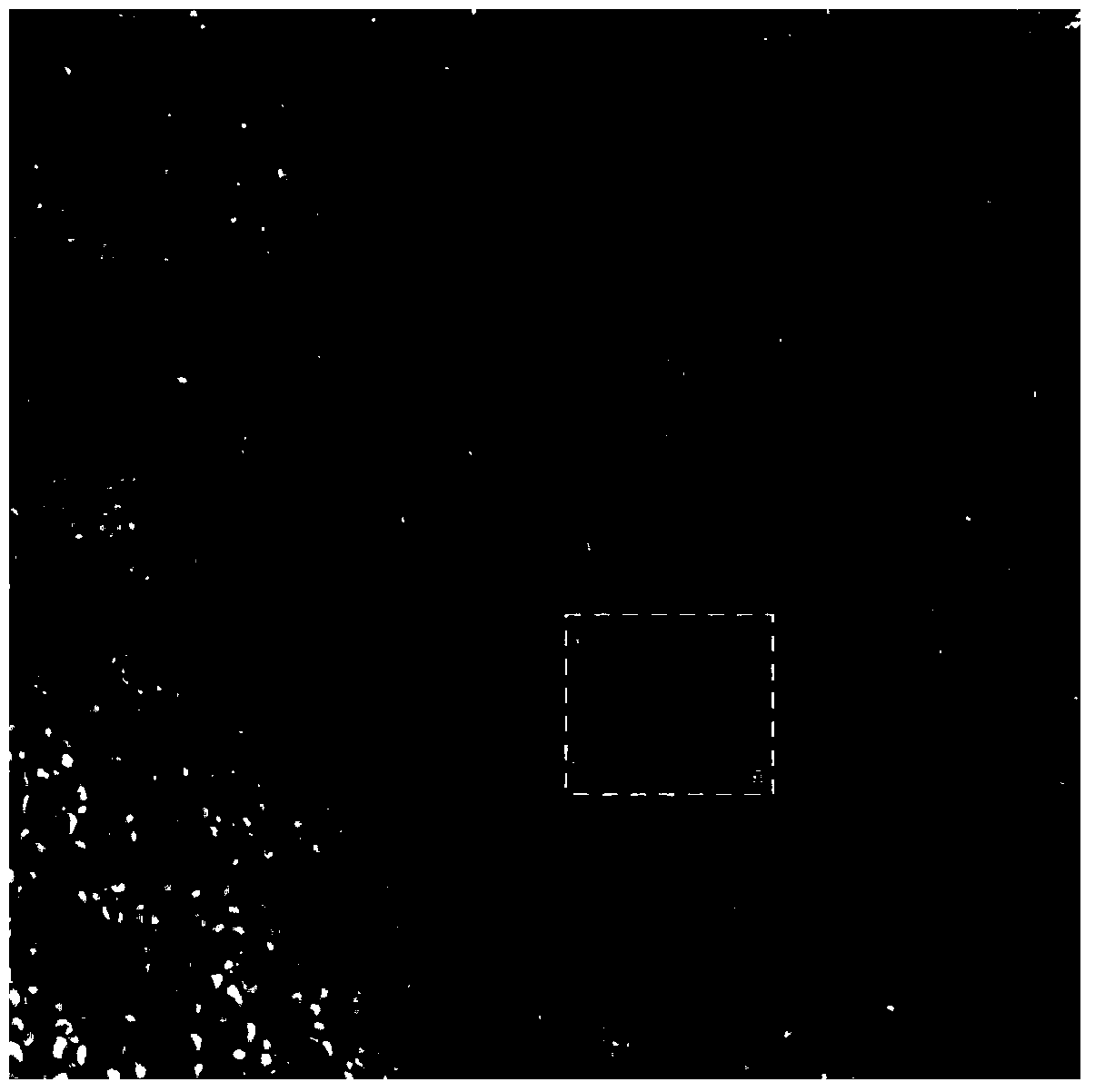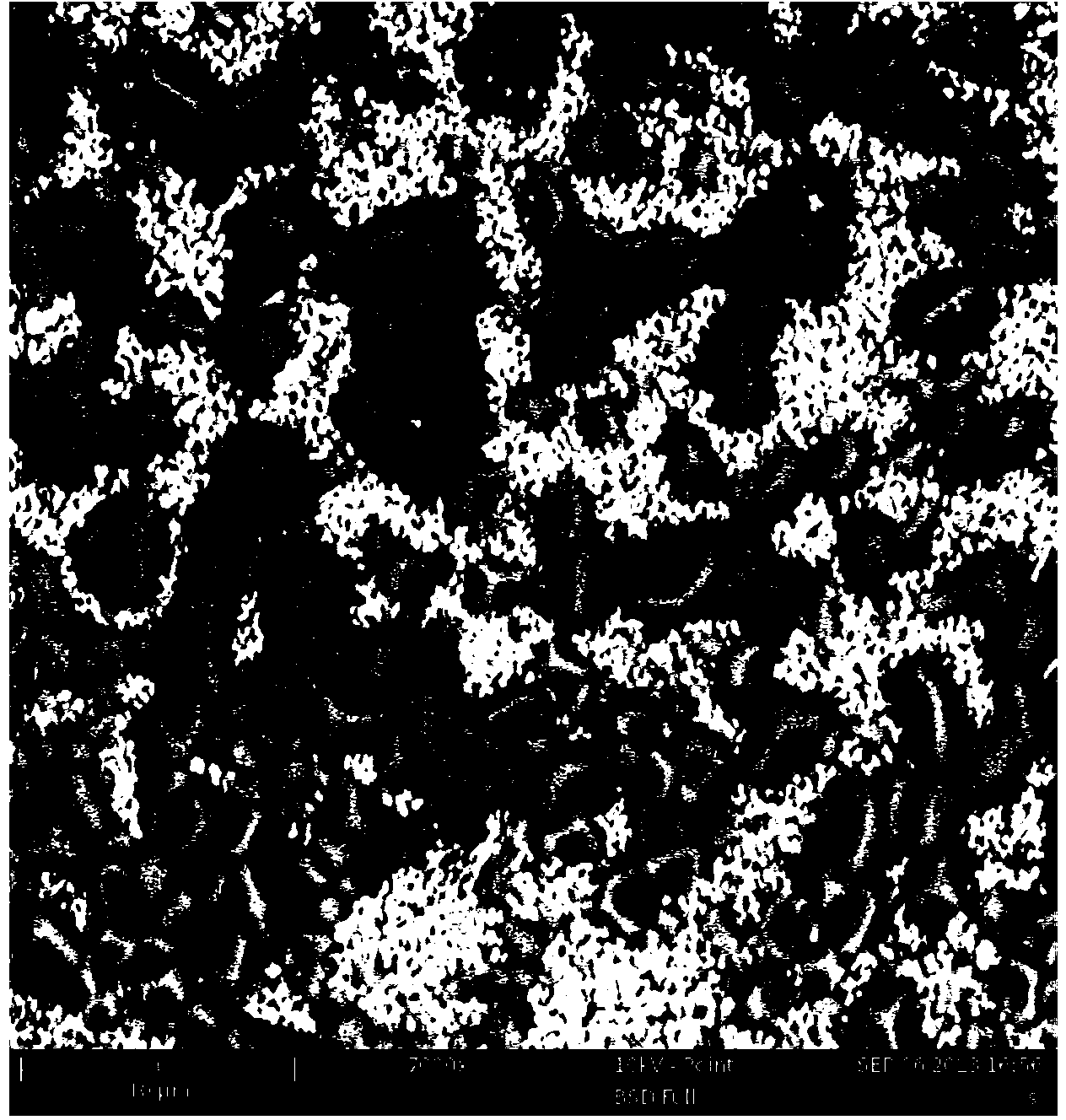Method for carrying out surface modification on ceramic material through liquid permeation
A technology of surface modification and bioceramic material, which is applied in the field of preparation of permeate and gradient composite layer on the surface of ceramic material, which can solve the problems of high strength and difficult surface treatment.
- Summary
- Abstract
- Description
- Claims
- Application Information
AI Technical Summary
Problems solved by technology
Method used
Image
Examples
Embodiment 1
[0028] Take 50 ml of commercially available ethyl silicate (silica content greater than 28%), place undensified sintered partially stabilized zirconia in it for 5 minutes, dry and conventional densified sintering (1450°C), observe under a scanning electron microscope Zirconia surface morphology see figure 1 .
Embodiment 2
[0030] Take 50 ml of calcium chloride saturated solution (at room temperature), place undensified partially stabilized zirconia in it for 5 minutes, then place it in a saturated solution of sodium dihydrogen phosphate for 5 minutes, dry and repeat conventional dense sintering (1450°C ), observe the surface morphology of zirconia under a scanning electron microscope, see figure 2 .
Embodiment 3
[0032] The molar ratio of calcium chloride: sodium dihydrogen phosphate is 1.67 as the solute, deionized water as the solvent, and a saturated solution at room temperature as the permeate, and partially stabilized zirconia that has not been densely sintered is placed in it for 5 minutes, and after drying, it is conventionally Densely sintered (1450°C), Ca and P exist on the surface of zirconia, and the presence of calcium and phosphorus can improve the biological activity of zirconia, which is beneficial to the bone formation of zirconia as an implant.
PUM
 Login to View More
Login to View More Abstract
Description
Claims
Application Information
 Login to View More
Login to View More - R&D
- Intellectual Property
- Life Sciences
- Materials
- Tech Scout
- Unparalleled Data Quality
- Higher Quality Content
- 60% Fewer Hallucinations
Browse by: Latest US Patents, China's latest patents, Technical Efficacy Thesaurus, Application Domain, Technology Topic, Popular Technical Reports.
© 2025 PatSnap. All rights reserved.Legal|Privacy policy|Modern Slavery Act Transparency Statement|Sitemap|About US| Contact US: help@patsnap.com


